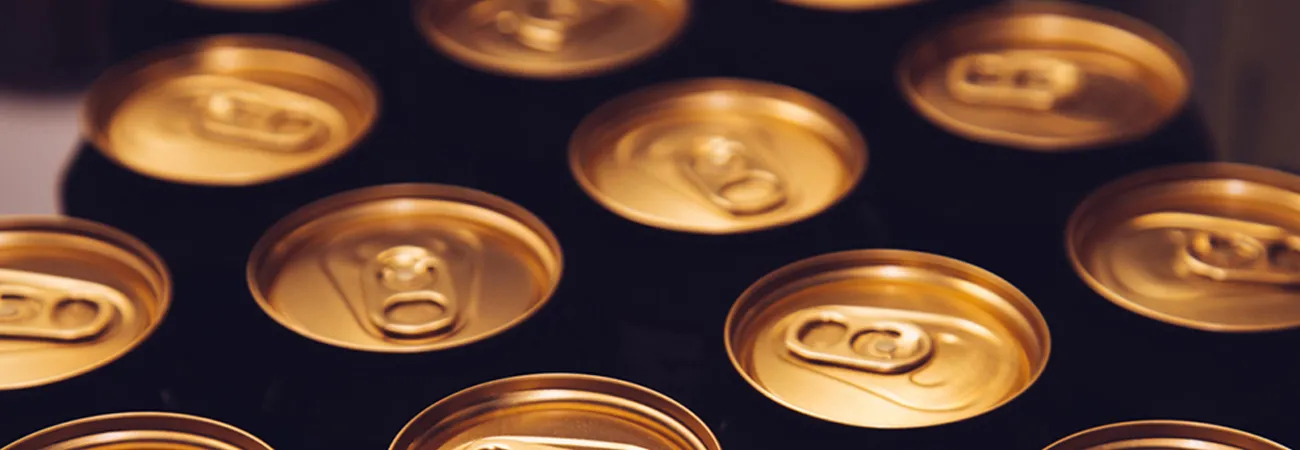i ECONOMY
The revenue of Pakistan Aluminium Beverage Cans Limited shot up to Rs16.54 billion in the first nine months of the last calendar year 2023 from Rs10.8 billion over the same period in 2022, constituting a substantial expansion of 52.4%, reports WealthPK. The company’s gross profit also climbed 74.96% to Rs6.47 billion in 9MCY23 from Rs3.7 billion in 9MCY22. Therefore, the gross profit margin improved from 34.11% in 9MCY22 to 39.15% during the period under review. The aluminium cans manufacturing company’s other operating income showcased an impressive surge of 137.07% in 9MCY23.
At the end of 9MCY23, the profit-before-tax stood at Rs4.46 billion compared to Rs2.62 billion over the corresponding period of 2022, representing a surge of 70.09%. Similarly, the company’s net profit expanded by 70.1% to Rs4.19 billion in 9MCY23 from Rs2.46 billion in 9MCY22. Therefore, the net profit margin increased to 25.37% in 9MCY23 from 22.74% in 9MCY22. The company’s earnings per share expanded to Rs11.62 in 9MCY23 from Rs6.83 in 9MCY22.
Historical trend
The net sales of Pakistan Aluminium Beverage Cans Limited increased continuously from Rs4.8 billion in 2019 to a peak of Rs14.15 billion in 2022. Similarly, the company’s net profit increased from Rs147.46 million in 2019 to the highest of Rs2.7 billion in 2022. This indicates the demand for the company’s products
increased.
The company also saw an upward trajectory in gross profit ratio as it increased from 22.33% in 2019 to the highest of 35.48% in 2021 before making a dip in 2022 to 33.41%. The net profit ratio followed a similar pattern, clocking in at 3.07% in 2019 and jumping to 21.81% in 2021. In 2022, it declined, however, to 19.1%. The decline in gross and net profit margins in 2022 indicates higher production costs resulting in increased expenses.
Liquidity ratio analysis
The current ratio of a company is the liquidity ratio, which measures a company’s ability to cover its short-term liabilities with its current assets. A current ratio lower than 1.2 indicates increased risk to meet short-term obligations, whereas between 1.2 and 2 and above is considered as safe. The company has seen an improvement in its liquidity ratio as it grew from 0.26 in 2018 to 1.73 in 2022. Similarly, the quick ratio, which measures a company’s ability to finance its short-term obligations using its most liquid assets, remained below 1 from 2018 to 2022, indicating the higher risk as the company didn’t have enough quick assets to meet all its short-term obligations. However, there is a decimal increment in a quick ratio approaching 1, reflecting improvement in liquid assets.
The debt-to-equity ratio is the value that measures the debt of a company as compared to the amount invested by its owners. The company’s debt-to-equity ratio remained above 1 over the years, increasing from 3.29 in 2018 to 115.61 in 2021 and dropping to 71.95 in 2022, indicating growing financial risk over the years. A debt ratio measures a company’s ability to cover debt obligations using total assets. A debt ratio above 1 is considered risky and below 1 means the company has more assets than debt. The company’s debt ratio decreased over the years from 0.78 in 2018 to 0.55 in 2022, indicating the company had more assets than debts.
Credit: Independent News Pakistan (INP)








